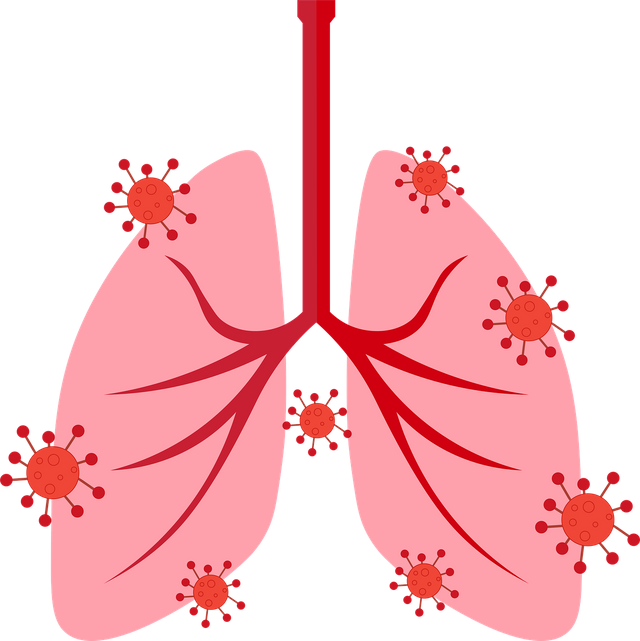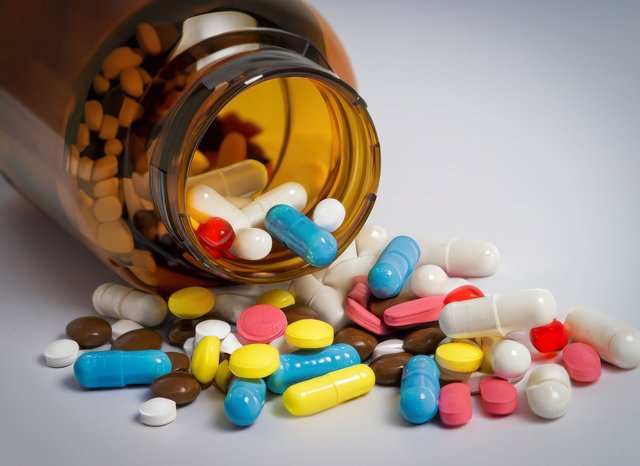Hi Dear friends,
It is very helpful to participate this time contest, because we all can know about variety of diseases to prevent infections like Tuberculosis.
The bacterium Mycobacterium tuberculosis is the source of the infectious disease tuberculosis (TB). Although it mainly affects the lungs (pulmonary TB), extrapulmonary TB can also damage the kidneys, brain, spine, or lymph nodes. When someone who is infected coughs, sneezes, or speaks, the disease spreads through the air.
Tuberculosis symptoms
- A cough that lasts longer than three weeks;
- Chest pain;
- Blood or mucus in the cough;
- Weakness and exhaustion;
- Night sweats and fever;
- Appetite loss
Risk and Transmission Factors
Droplets from an infected person can transmit tuberculosis. Among the factors that raise the risk of tuberculosis are:
- Immune system weakness (HIV infection, for example)
- Close contact with infected people
- Undernourishment or substandard housing
- Long-term conditions such as diabetes
Medication and Therapy
The following methods can be used to diagnose tuberculosis (TB):
- X-rays of the chest;
- Sputum tests (to identify the bacteria);
- Rapid skin test (TST); or blood tests
A 6-month course of antibiotics is part of the treatment; medications including isoniazid, rifampin, ethambutol, and pyrazinamide are among them. Drug-resistant TB must be avoided by strict adherence to the entire course of treatment.
Prevention
Vaccination with BCG (Delivered in areas at high risk)
Adequate hygiene and ventilation
Identification and management of latent tuberculosis infections
TB can be fatal if treatment is delayed, thus early detection is crucial.
Tuberculosis: Prevalence, Incidence, and Prognosis
Prevalence:
Tuberculosis (TB) remains a significant public health issue worldwide. According to the World Health Organization (WHO), approximately 10.6 million people developed TB in 2022. TB is most prevalent in low- and middle-income countries, particularly in Asia and Africa. Nations like India, China, Indonesia, and the Philippines account for a significant proportion of cases. Additionally, TB is more common in populations with HIV/AIDS, malnutrition, or poor living conditions.
Incidence:
The incidence rate refers to the number of new cases each year. Globally, in 2022, the TB incidence rate was around 132 cases per 100,000 people. Despite progress in reducing TB cases over the years, the COVID-19 pandemic reversed some gains, disrupting healthcare services and increasing TB deaths. Multidrug-resistant TB (MDR-TB) remains a serious challenge, with 450,000 new cases of rifampicin-resistant TB reported annually.
Prognosis:
With early diagnosis and proper treatment, the prognosis for TB is generally good. Standard TB treatment lasts 6 months, with a combination of antibiotics. However, untreated TB can be life-threatening, with a high mortality rate, especially in people with weakened immune systems. The prognosis is worse for those with drug-resistant TB (MDR-TB or XDR-TB), as treatment is longer, more expensive, and less effective. Successful outcomes require strict adherence to the treatment regimen.
That's what I want to share with you. Now I would like to invite @enamul17, @ifatniza and @tamanna to participate this informative contest.
Cc: @khursheedanwar
Greetings from
Roshani96


X share,
https://x.com/roshani96127111/status/1848153913972969617
Downvoting a post can decrease pending rewards and make it less visible. Common reasons:
Submit